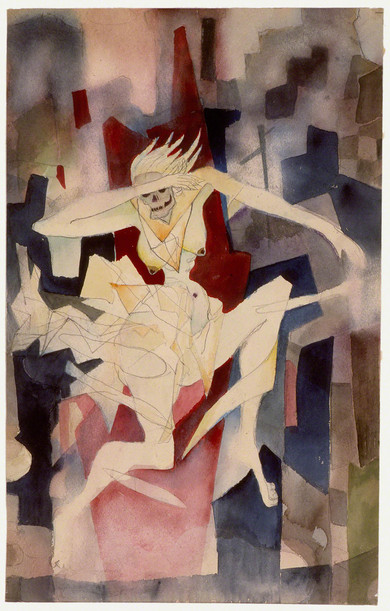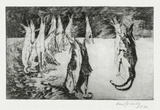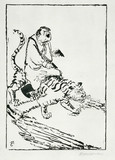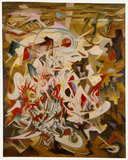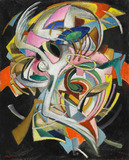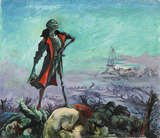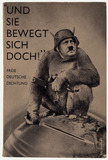Resistance in the fine arts of exile
Resistance in the fine arts of exile
Wir […] sind alle aus Deutschland und Österreich ausgewanderte Künstler, ausgewandert weil wir im freien künstlerischen Schaffen keine Einschränkungen, keinen von oben diktierten Zwang für unseren individuellen künstlerischen Ausdruck vertragen konnten oder weil wir aus sogenannten rassischen Gründen ein Verbot der Ausübung unseres künstlerischen Berufes über uns ergehen lassen mussten.
[We [...] are all artists who have emigrated from Germany and Austria because we could not tolerate any restrictions on our individual and free artistic expression imposed from above, or because we had to endure a ban on the exercise of our artistic profession on so-called racial grounds. (ed. trans.)]
Eugen Spiro in his opening speech of the Free German Art exhibition on 4 November 1938 in the Maison de la Culture.
Using art as a means of spiritual resistance has always been an important part of artistic expression. There was also a wide variety of resistance in the fine arts of exile between 1933 and 1945.
There were those who offered resistance aesthetically. This was expressed e.g. in abstract pictorial elements, i.e. in the artistic form that was publicly denounced in the Third Reich as "degenerate". Clinging to modern stylistic devices was a somewhat "muted" form protest, while artists such as Oscar Zügel, Clement Moreau, Lea Grundig or George Grosz deployed direct and critical imagery. The topics ranged from persecution, oppression and imprisonment through to exile and war. Regardless of the fact that it is impossible to make generalisations regarding technique or realisation, the preferred medium in many cases was graphic art. This had the advantage of being fast to create and - if required - was also easy to reproduce and circulate. Art became a means of providing information and warning.
Regardless of the form of resistance, what united the artists in exile was the desire to maintain and present publicly a form of German culture different to that propagated by the Nazis.

